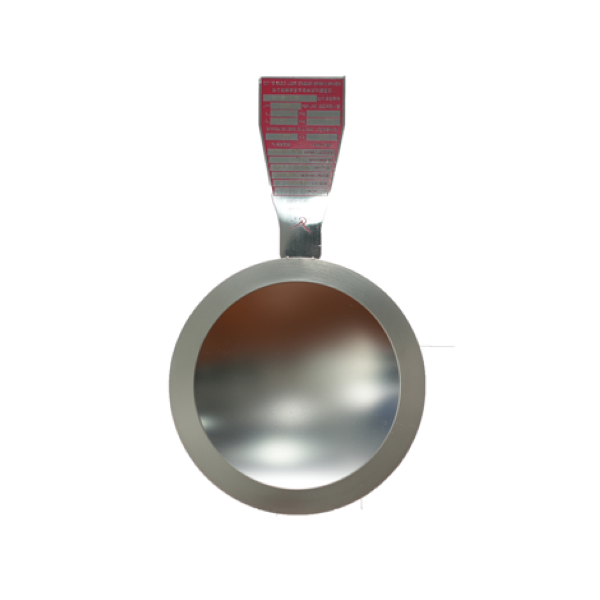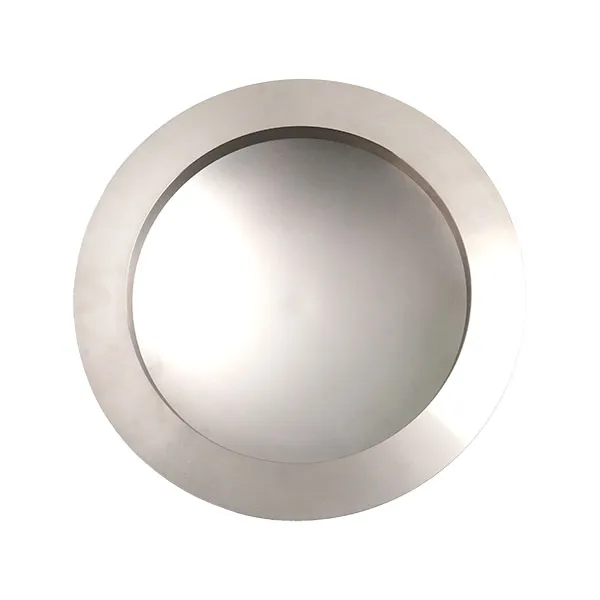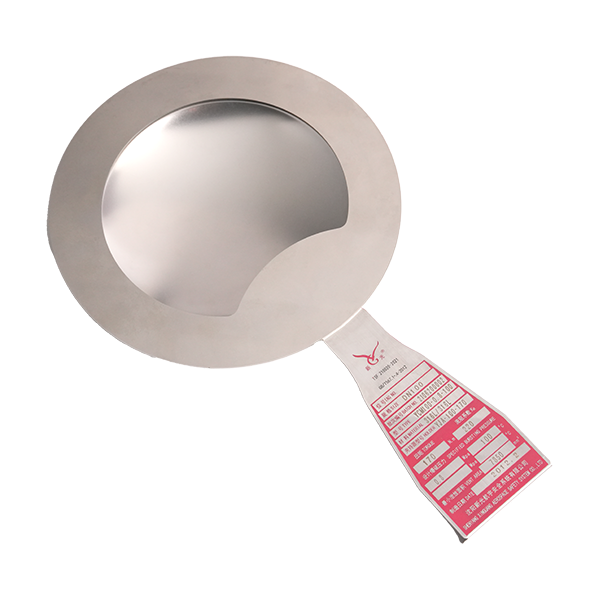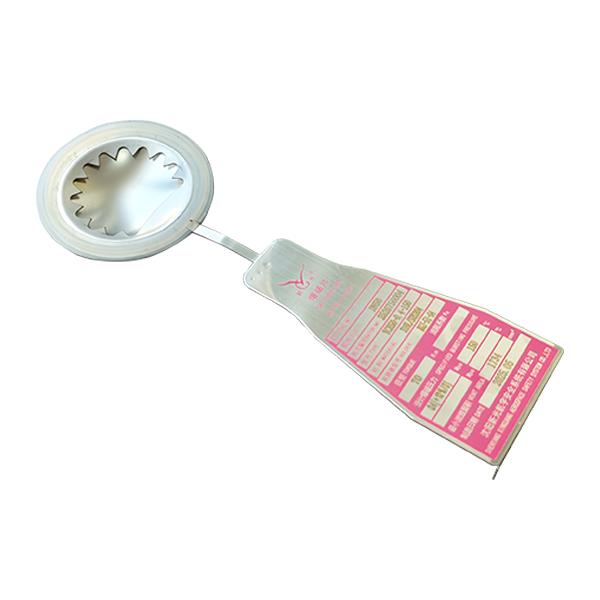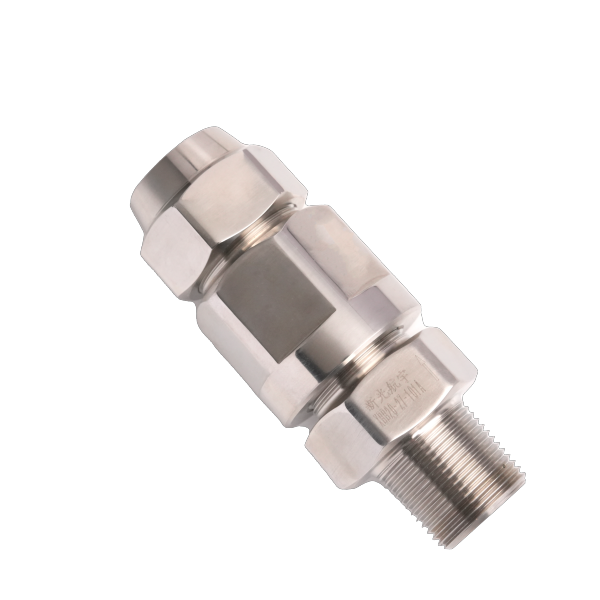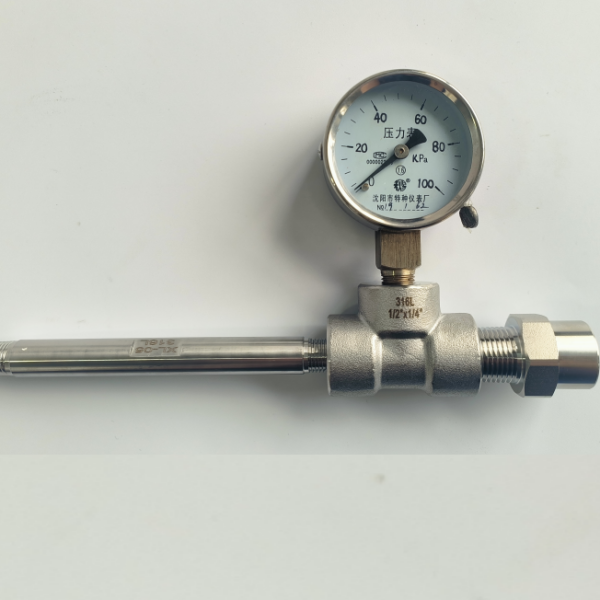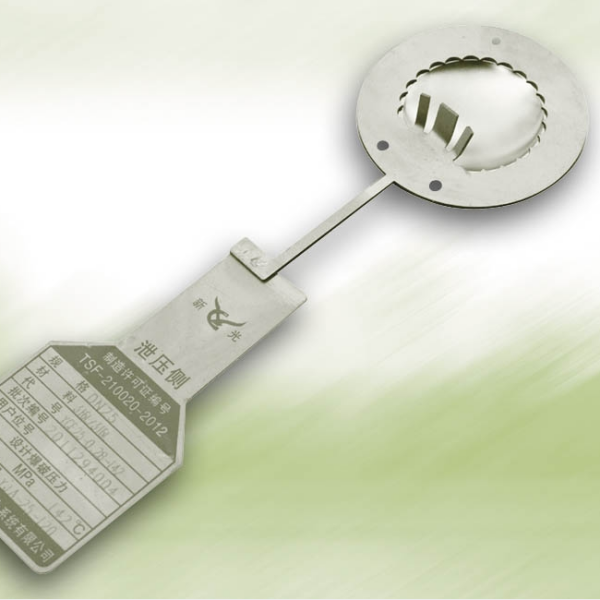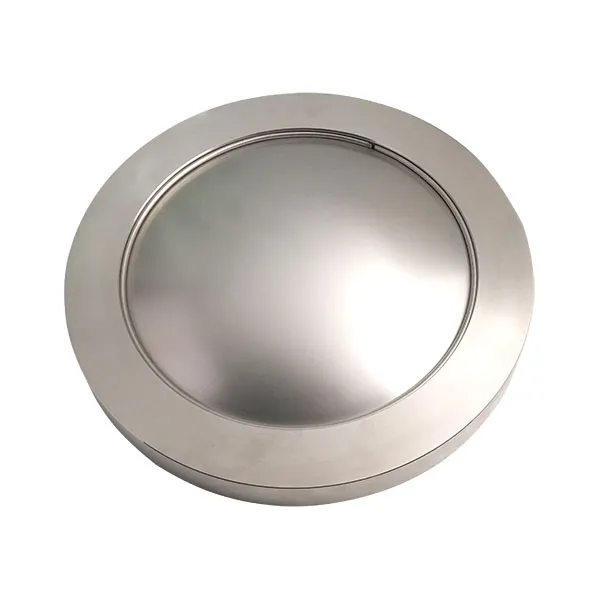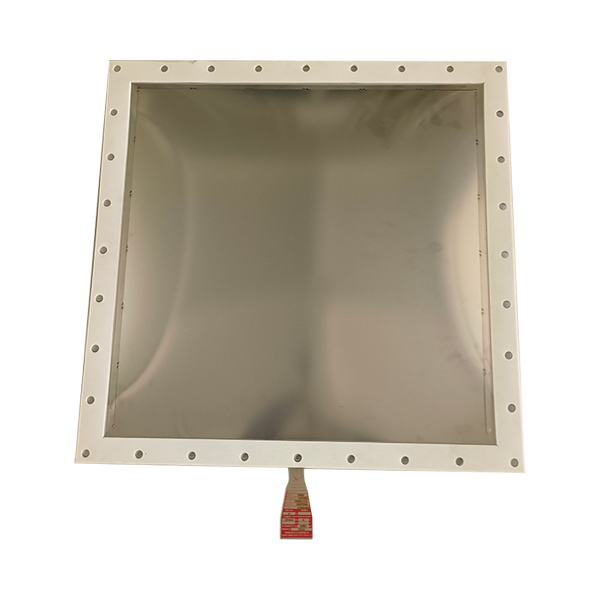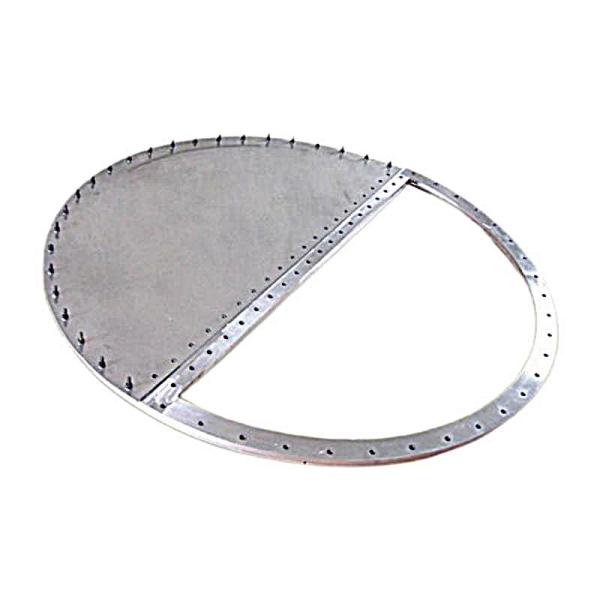As a low-temperature storage tank for storing low-temperature media such as liquid nitrogen, liquid oxygen, and liquefied natural gas, the reliable operation of the safety discharge device will directly affect the safety of the equipment and the surrounding environment. Rupture disk for cryogenic equipment, as an important overpressure protection device for cryogenic storage tanks, the quality of installation has an impact on the discharge performance, sealing reliability and service life.
Before installing rupture disk for cryogenic equipment, it is necessary to fully verify the matching of the technical parameters of the rupture disc and the design requirements of the storage tank, focusing on confirming the applicable range of burst pressure, discharge area and temperature. It is necessary to make the calibrated burst pressure of the rupture disc not exceed the design pressure of the storage tank, and to maintain stable performance at the operating temperature of the low-temperature medium. At the same time, check the product certificate, factory inspection report and installation instructions. Then prepare special installation tools according to rupture disk for cryogenic equipment, including torque wrenches, copper or nylon fastening gaskets, low temperature sealing tape, etc. It is forbidden to use iron tools to directly touch the surface of rupture disk for cryogenic equipment to prevent scratches or deformation. At the same time, the installation area needs to be well ventilated and free of open flames and flammable and explosive substances. For low-temperature storage tanks, it is necessary to confirm that the tank has completed the withstand pressure test and there is no leakage, and the piping system has been purged clean. If installed in an explosion-proof area, explosion-proof tools need to be used and the reliable connection of the grounding device is guaranteed to prevent the accumulation of static electricity from causing safety risks.
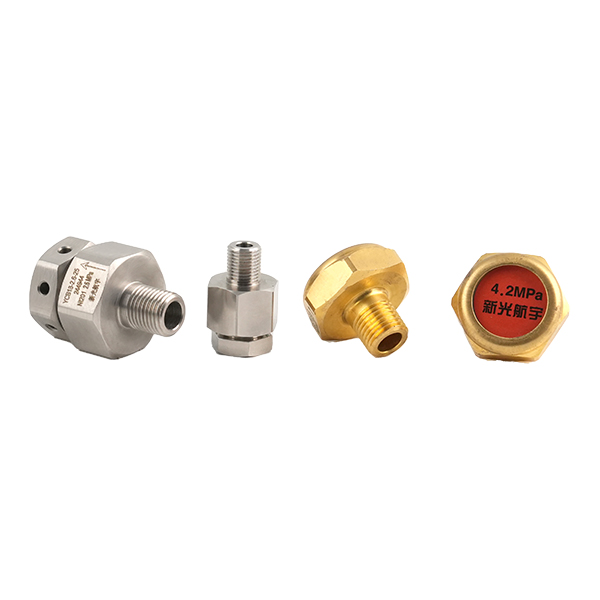
When installing, the rupture disk for cryogenic equipment should be installed on the straight pipe section of the gas phase space of the storage tank. The distance from the inlet of the safety valve needs to meet the specifications to prevent turbulence from affecting the discharge accuracy. The installation direction needs to strictly follow the product logo and cannot be installed in reverse. For a structure with a discharge catheter, the inner diameter of the catheter needs to be not less than the discharge diameter of the rupture disc, and there is no right-angle elbow to hinder the discharge channel. The mounting surface should also be cleaned and treated, and the flange surface of the tank interface and the upper and lower sealing surfaces of the rupture disc holder should be wiped with absolute ethanol, so that the surface flatness error does not exceed 0.1mm/m. If you find scratches or rust on the flange surface, you need to use fine sandpaper to gently polish it to smoothness, and radial grooves are prohibited. When assembling and fastening the rupture disk for cryogenic equipment, carefully place the rupture disc in the gripper so that the edge fits perfectly with the positioning groove of the gripper without offset or distortion. For structures with gaskets, gaskets need to be installed on both sides of the rupture disc. The inner diameter of the gasket cannot be less than the discharge diameter of the rupture disc, and the outer diameter cannot exceed the range of the flange sealing surface. When tightening the bolts, the diagonal uniform tightening method needs to be used, and the torque is gradually applied in two to three times, and the final torque value must also meet the requirements of the installation instructions. It is forbidden to tighten one-sided bolts at once to prevent deformation of the rupture disc due to uneven force, which affects the accuracy of the burst pressure.

